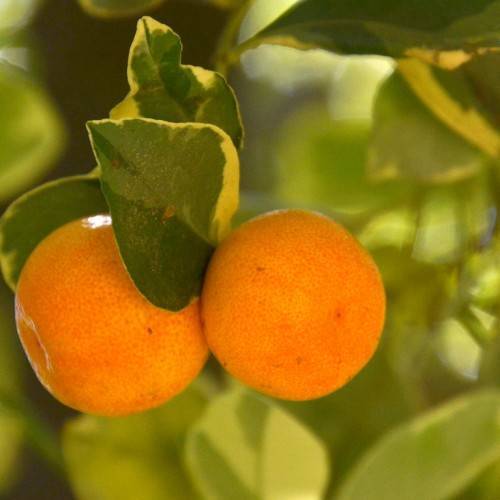
calamondin orange
x Citrofortunella microcarpa
Cycle:
Perennial
Watering:
Minimum
Hardiness Zone:
6
Flowers:
Flowers In Summer
Sun:
Full sun, Part sun/part shade
Soil:
Well-drained
Fruits:
Fruits In Autumn Ready In Fall
Leaf:
Yes
Growth Rate:
High
Drought Tolerant:
Yes
Salt Tolerant:
Yes
Care Level:
Medium
watering
Pink Dawn chitalpa should be watered deeply once every 2 weeks in the spring and summer months. During the fall and winter months, when the plant's growth slows, water only enough to keep the soil from completely drying out. When watering, thoroughly saturate the soil beneath the canopy of the tree until water begins to trickle from the base of the trunk; do not overwater. Make sure the soil has time to dry out between waterings. Additionally, Pink Dawn Chitalpa may require supplemental irrigation during extended periods of extreme heat.
sunlight
Pink Dawn chitalpa is best suited to full sun, receiving at least 6 hours of direct sunlight per day. For best flowering, Pink Dawn chitalpa should be given bright sunlight early in the morning, then shade or partial sun in the afternoon. This will help the plant maintain a cooler temperature during the hottest part of the day, while still getting enough sunlight for vibrant flowering and healthy growth.
pruning
Pink Dawn Chitalpa should be pruned twice a year, once during the summer months and once in late winter. When pruning, it is important to remove any dead or diseased branches, as well as any branches that are crossing or rubbing against each other. During the summer pruning, it is best to remove no more than 1-third of the growth. This will help encourage further flowering. During winter pruning, it is best to cut back any new growth in order to maintain a desired shape or size for the plant. This species may also need to be pruned for containment purposes, depending on the space it is planted in.
